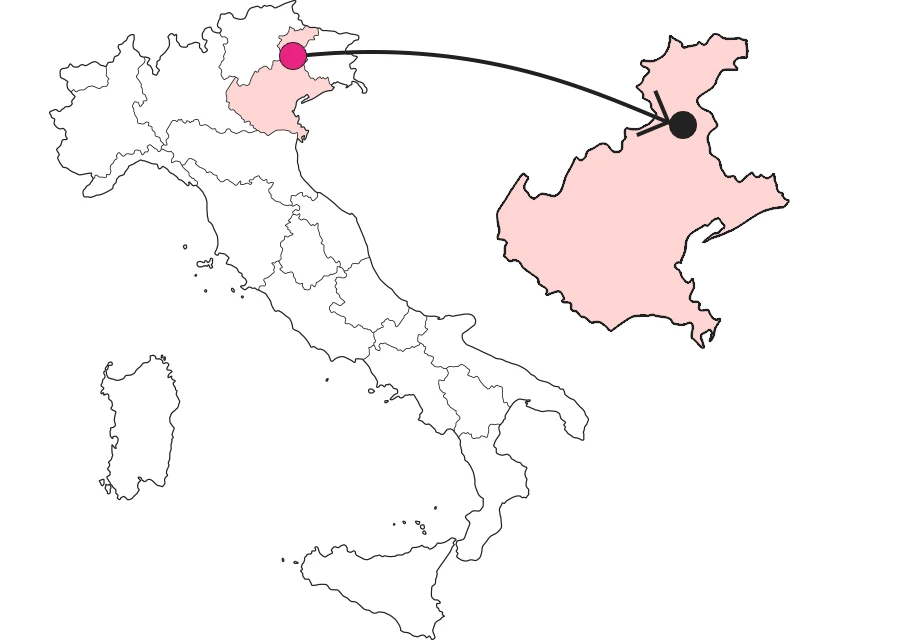






The ancient villages and wooden "tabià" of the Zoldana Valley.
Ancient craft traditions in the Zoldana Valley


Where

What it is and where it is
The Zoldano, a valley dominated by the Civetta and Pelmo massifs and the Zoldo Dolomites, is well known for the tourist resorts at the bottom of the valley but little for the high hamlets, those that have kept their ancient architectural heritage most intact: villages boldly built on the coast, with multifamily dwellings protected by imposing wooden frames and "tabià," the barns with admirably pierced walls. Not forgetting the medieval parish churches and churches housing the stunning wooden Baroque altars by the great Andrea Brustolon.
Why it is special
This is an extraordinarily preserved area with an important history, marked by the presence of the mines and the ancient villages connected to them, many of which have retained place names related to metallurgical activities such as Forno di Zoldo, Fornesighe, Fusine, etc. Did you know that the nails and irons used in the carpentry with which much of the Venetian architecture from the Middle Ages onwards was built came from this very valley?
Not to be missed
An itinerary winding through the churches of the valley leads to the discovery of the extraordinary Baroque altars, naturally wooden, made by the great Andrea Brustolon (1662-1732), one of the most ingenious and skilled wood sculptors of all time, not coincidentally renamed by some 19th-century critics as "the Michelangelo of wood."
A bit of history
The Zoldana Valley in the Middle Ages and during Venetian rule depended for its economy almost exclusively on mineral wealth and the skill of its blacksmiths. When the last mines were closed in the mid-eighteenth century, the system went into crisis and many inhabitants were forced to reinvent a job. In the nineteenth century some chose to rework used iron, but when this activity also proved uneconomic, many inhabitants were forced to emigrate. Some became famous as ice cream makers in Germany and Northern Europe and still are to this day. An example of the tireless ability of mountain people to adapt and reinvent their lives.
Curiosities
Among the characteristic architecture of the valley are the typical "tabià," traditional barns of the Venetian Dolomites with virtuoso fretwork woodwork. They are found in Coi, Costa and Brusadaz, just below the looming dolomite walls of Pelmo (mt. 3158). Of the wooden buildings, the oldest is the Mas de Sabe, which dates back to the 16th century, and can be reached by an easy dirt road walk through the woods of about half an hour.
Enter the Map of Italy's Undiscovered Wonders and find treasures where you least expect it... Inspire, Recommend, Share...
Collections
The Map thanks:
In the Community
Enter the Map of Italy's Undiscovered Wonders and find treasures where you least expect it... Inspire, Recommend, Share...
Where

Collections

